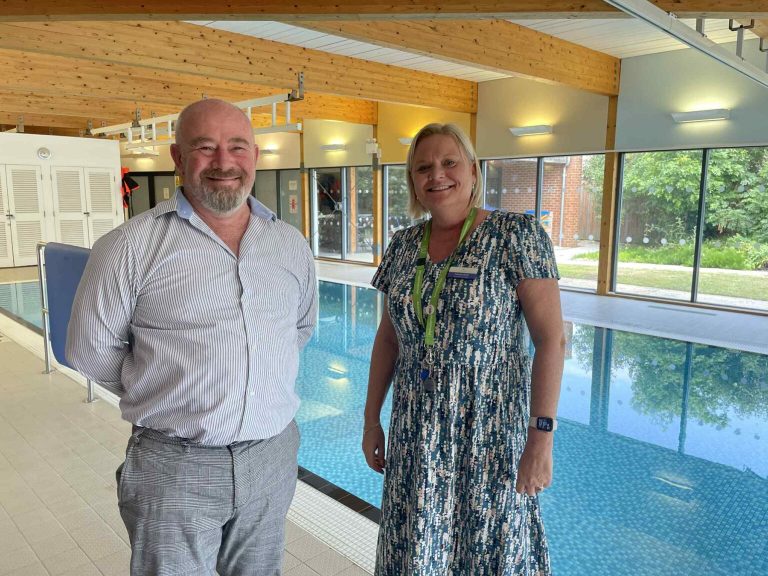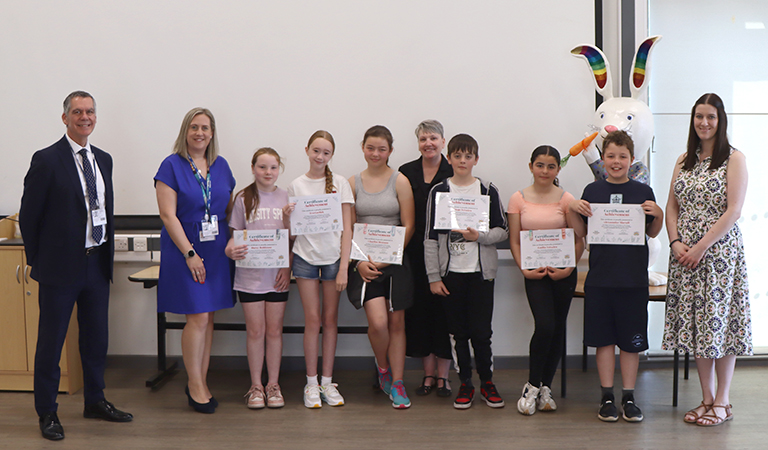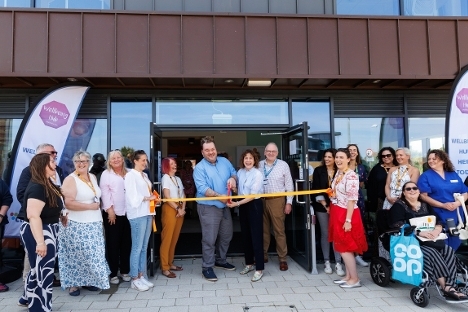As Spalding Cemetery approaches its limit, South Holland District Council is assessing new options for burial space, including the potential use of a popular community playing field.
Environmental testing is currently underway at Chiltern Drive playing field to determine if the site could support burials without impacting groundwater levels. The assessment will continue into autumn. If the land proves unsuitable, the process will be halted.
Chiltern Drive has long served as a valued green space for families, dog walkers, and local children, and some residents have expressed concerns about losing one of the area’s few safe outdoor areas. The field includes swings, wildflowers, and a footpath leading into a wooded section.
Previous efforts to expand the cemetery into the same field were met with strong opposition. A 2014 planning application drew more than 100 petition signatures and was ultimately rejected in 2015 due to the loss of recreational space. Sport England also objected to the proposal at the time.
The council says no final decision will be made until all environmental findings and community considerations are fully evaluated. Officials aim to establish a long-term solution within the next year to maintain burial services in the town.
Meanwhile, the Law Commission is reviewing national burial legislation, with proposals that could allow the reuse of existing graves to ease space shortages across the country.
Image shows Spalding. Credit: Stock.adobe.com/Steven F Granville











